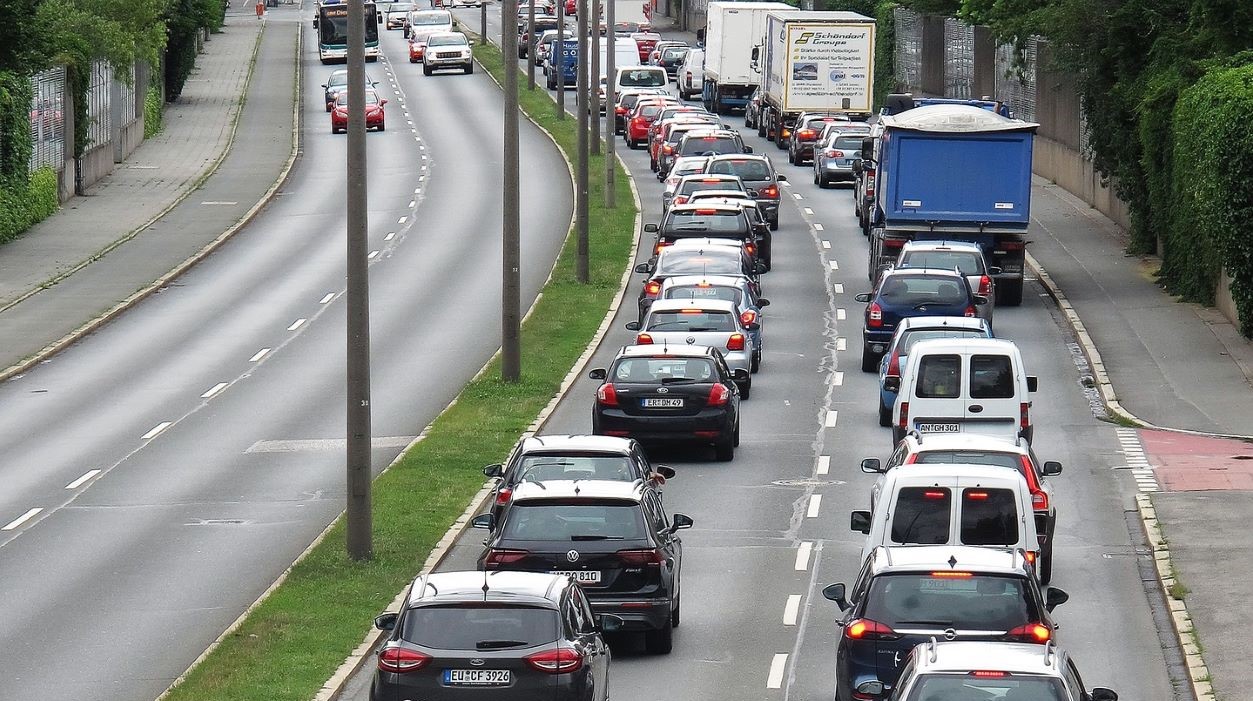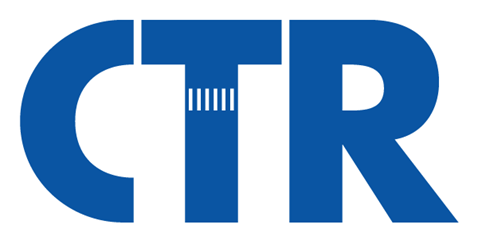An Automated Process for Identification of Bottlenecks in the Traffic System Using Large Data Sets

Traffic breakdowns are frequently observed phenomena on roads in larger cities, especially during peak hours. Locations along a road stretch with frequently observed breakdowns are known as recurrent bottlenecks. Knowledge about bottleneck locations are important for improvement of traffic conditions at these locations.
Bottleneck locations can be identified through manual inspection of data. However, due to the comprehensive amount of data that are available today, it becomes impractical to manually identify breakdowns and instead, an automated process can be used. We propose such an automated method. The proposed method is applied to a use case south of Stockholm in Sweden. One month of data collected at densely spaced detectors is used to investigate the sensitivity of the parameter settings. After calibration of the threshold values, 100% of the larger breakdowns and 40% of the medium size breakdowns are identified. Smaller breakdowns, not giving significant impact on the traffic conditions, are only detected in 10%–20% of the cases. Thereafter, the method is applied to 1 year of data to illustrate the applicability of the method on a larger data set. The results show that the method is promising to use for identification of recurrent bottleneck locations.
Read the whole article from the CTR project Evaluation of the impact on capacity at incidents here.



